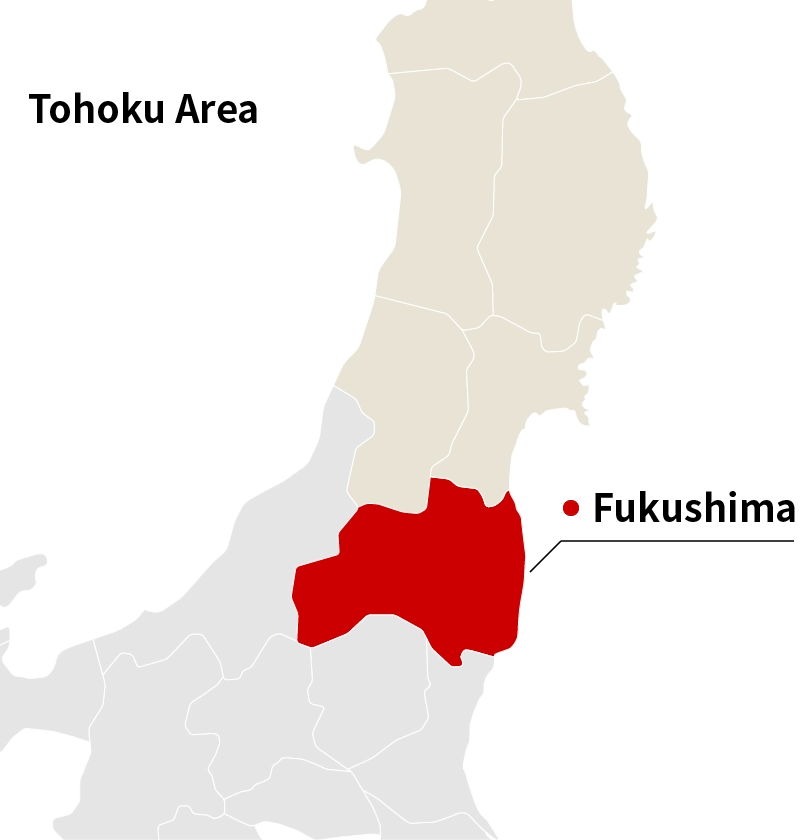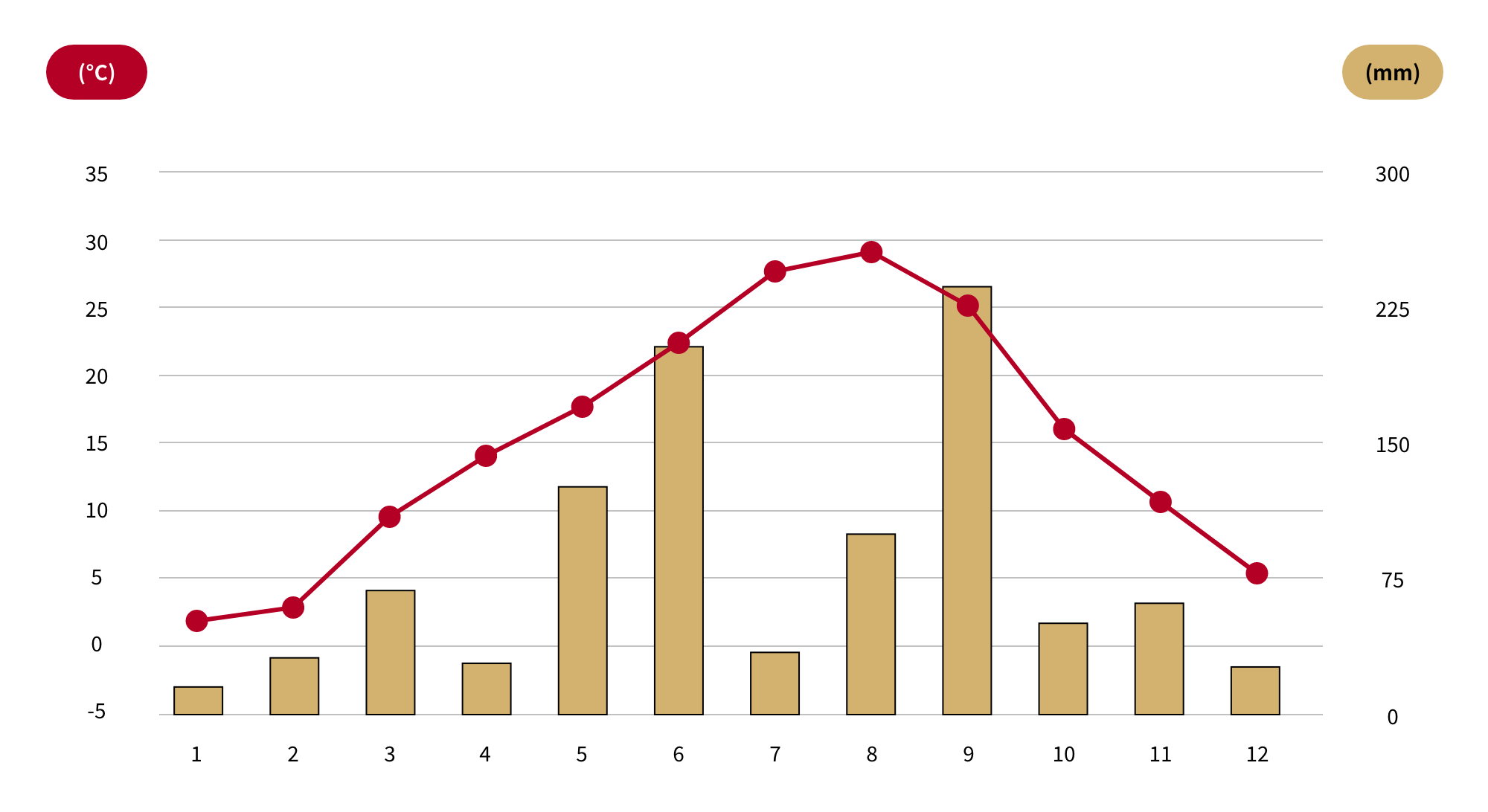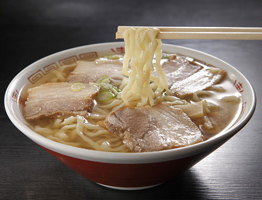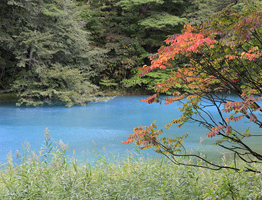Японд сурахын давуу тал
Шинэ нээлт! Нутаг бүс бүрээр харуулсан Японы амьдрал
Fukushima
Бүс нутгийн тойм
Фүкүшима аймаг нь газар нутгийн хэмжээгээр Японд гуравт орох ба үзэсгэлэнтэй байгаль, амттай хоол хүнс, мөн уриалгахан элгэмсэг сэтгэлтэй иргэд амьдардаг аймаг. Өөр өөрийн онцлог бүхий гурван бүсэд хуваагддаг. Гоо үзэсгэлэнт байгаль Айзүхангийн Бүши нартай холбоотой хуучин тууриуд олон харагдах "Айзү бүс нутаг" Үзэсгэлэнт цэцэгс, шүүслэг олон төрлийн жимс байх "Чюүдоори" Номхон далайтай хиллэж, гайхамшигтай байгалийн тогтоцыг тольдож болох "Хамадоори" Ёс жаяг, соёл, уур амьсгалаараа хоорондоо ялгарч, тус бүртээ онцлог шинжтэй бөгөөд зочлон ирэх хүмүүсийн сэтгэлийг ихэд хөдөлгөдөг.
 ※Энэ газрын зурагт газарзүйн онцлог, арлын бүс нутгийг товчлон оруулсан бөгөөд Японы нутаг дэвсгэрийг бүхэлд нь оруулаагүй болно.
※Энэ газрын зурагт газарзүйн онцлог, арлын бүс нутгийг товчлон оруулсан бөгөөд Японы нутаг дэвсгэрийг бүхэлд нь оруулаагүй болно.
Очих арга зам
- Шинкансэн эсвэл галт тэрэг ашиглах бол
-
Тус мужид шинкансэний Коорияма өртөө бас байдаг.
Токиогоос
Токио өртөө
1 цаг 31 минутФүкүшима өртөө
Нутгийн иргэд санал болгож буй алдартай газрууд

Соома номаой
Жил бүрийн 7-р сард Фүкүшима аймгийн Соома хотод зохион байгуулагддаг "Соома номаой" зан үйл нь 1000 жилийн түүхтэй. Өвч зэвсэглэсэн 500 гаруй морьтон давхилдах Сэнгокүгийн үеийг өөрийн биеэр мэдрээд үзээрэй.

Халуун рашаан
Фүкүшима аймагт 130 гаруй халуун рашаан бий. Тухайн орон нутаг бүрт өөрийн онцлогтой халуун рашааны гудам бий. Хоногоор аялах, халуун рашаанд ороод буцсан ч болно. Эсвэл Фүкүшимагийн халуун рашаануудыг тойрон аялах ямар санагдаж байна!
Нутгийн иргэд санал болгож буй хоол
-

Нэги соба
Фүкүшима аймгийн Шимого хотод орших Эдогийн үе(1603-1868 он)-ийн уур амьсгалыг хадгалж үлдээсэн "Ооүчижүкү" өртөө Эндэхийн алдартай хоол "Нэги соба" нь хоолонд дагуулж өгөх ганц урт сонгиныг савхины оронд ашигладгаараа онцлогтой. Амжилттай идэж чадах эсэхээ туршаад үзээрэй!
-

Жимс жимсгэнэ
Фүкүшима аймгийн нам дор хөндийн уур амьсгал, газрын шинж чанарыг ашиглан зуны эхэн сард интоор, зуны дунд сард тоор, намар цагт лийр, усан үзэм, өвлийн эхэн сард зөгийн балтай алим зэрэг улирал бүрд боловсорч гүйцсэн шинэ жимснүүдийг идэх боломжтой. Жилийн турш жимс түүх боломжтой шүү!
Цаг агаар (Агаарын температур, хур тунадасын хэмжээ)
Накадоори бүс нутаг нь, зундаа уулархаг хэсэгтээ тийм ч халуун болдоггүй ч, сав газартаа нэлээд аагим халуун болдог. Өвөл хүйтэн салхи шуурч, мөн цас ордог. Айзү бүс нутаг нь Япон тэнгисийн эргийн уур амьсгалтай бөгөөд зундаа уулархаг хэсэгтээ сэрүүн байдаг ч сав газартаа аагим халуун болдог. Өвөл маш их цас орж, цаг агаар нэлээд хүйтэн болдог. Хамадоори бүс нутаг нь, далайн уур амьсгалтай тул зун нь далайгаас сэрүүн салхи үлээж харьцангуй тааламжтай, өвөлдөө ч харьцангуй дулаан бөгөөд цас орох өдөр тоолох төдий байдаг.
Сар тус бүрийн агаарын температур/Хур тунадасны хэмжээ

(Эх сурвалж: Японы цаг уурын агентлаг)
Үнэ өртөг
-
Байрны түрээсийн төлбөр
41,103 иен
-
Цахилгаан дулаан усны зардал
10,840 иен
-
Гадуур хооллох
(рамэн)640 иен
-
Талх 1 кг
544 иен
-
Сүү 1 литр
295 иен
※ Эх сурвалж
- Байрны түрээс
Засгийн газрын статистикийн ерөнхий газар “Орон сууц, газрын статистикийн судалгаа: 2023 он”
Мужийн төв хот тус бүр дэх 29м2-аас доош талбай бүхий хувийн түрээсийн байшингийн (зориулалтын орон сууц) сарын дундаж түрээс (0 иений түрээсийг тооцохгүй) - Цахилгаан дулаан усны зардал
Засгийн газрын статистикийн ерөнхий газар “Өрхийн санхүүгийн судалгаа (Өрхийн орлого зарлага): 2023 он”
Мужийн төв хот тус бүрийн өрхийн “Цахилгаан дулаан, ус”-ны жилийн нийт зардлын дүнгээс сарын дунджийг тооцож, өрхийн гишүүдийн дундаж тоонд хувааж гаргасан нэг хүнд ноогдох зардлын хэмжээ - Гадуур хооллох (рамэн), талх 1 кг, сүү 1 литр
Засгийн газрын статистикийн ерөнхий газар “Жижиглэнгийн үнийн судалгаа (Чиг хандлага): 2024 оны 8 сар”
Хамаарал бүхий холбоос
Орон тус бүрээр эрэмбэлсэн гадаад оюутны тоо
Непал
Хятад
Мьянмар
Японы гадаад оюутны нийт тоо: 279,274 хүн
Фүкүшима мужийн гадаад оюутны нийт тоо: 1,009 хүн
2023 оны “Гадаад оюутнуудын төлөв байдлын судалгаа”-аас
Бүс нутгуудын их сургуулийн жагсаалт
Уг сайтын “Сургууль, мэргэжлийн салбарын мэдээлэл”-д мэдээллээ нийтэлсэн сургууль 9-өөс бага бол, сургуулийн нэрийг санамсаргүй дарааллаар нийтэлсэн болно. 10-аас дээш сургууль байгаа бол, уг хуудсанд жагсаахгүй ч, доорх “Сургууль, мэргэжлийн салбарын мэдээлэл рүү орж хайх” хэсгээс хайснаар сургуулийн жагсаалтыг харах боломжтой.











